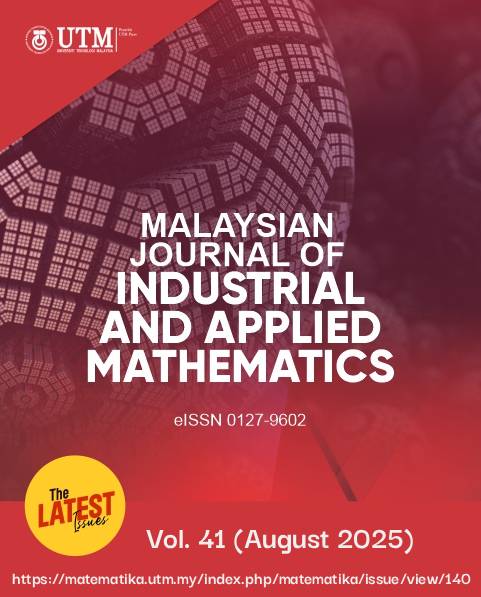A Volatility-Responsive LSTM Approach for Predicting KLCI Closing Prices Using Dynamic Optimizer Switching
DOI:
https://doi.org/10.11113/matematika.v41.n2.1581Abstract
In financial time series forecasting, the ability of models to adapt to changing market conditions is critical for improving prediction accuracy. This study explores a novel approach to optimizing Long Short-Term Memory (LSTM) models by dynamically adjusting optimizers based on market volatility, specifically using the Average True Range (ATR) as a volatility indicator. Traditional optimizers like Adaptive Moment Estimation (Adam), Root Mean Squared Propagation (RMSprop), and Stochastic Gradient Descent (SGD) each offer distinct advantages under different market conditions; however, their effectiveness is limited when applied uniformly throughout the training process. To address this limitation, a dynamic optimization strategy was proposed, that switches between optimizers during the training process based on ATR values, enhancing the model’s adaptability. This method was applied to predict the Kuala Lumpur Composite Index (KLCI) closing prices, showing improved prediction performance over conventional models that rely on a single optimizer. This adaptive approach offers a robust solution for stock index prediction in volatile markets, contributing to the broader field of financial forecasting through the integration of volatility-driven learning techniques.


















